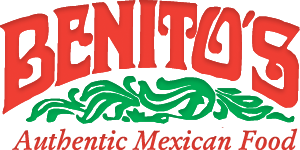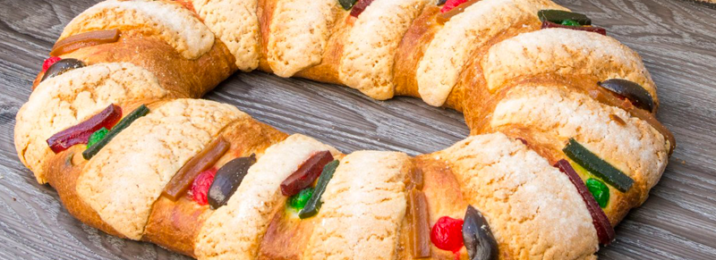The Rosca de Reyes Tradition
In the Mexican culture, Rosca de Reyes is a traditional sweet bread enjoyed with family and friends on Kings Day’s morning. Celebrated on the 6th of January (also known as Epiphany Day), Kings Day celebrates the three wise men who brought gold, frankincense, and myrrh to baby Jesus. Almost like a second Christmas, young children will receive gifts from the three kings on the morning of the 6th. In anticipation, little ones will stuff their shoes full of hay and leave them out overnight as a gift of food for the kings’ horses.
Rosca de Reyes itself (also known as Kings Cake) is a sugary bread shaped like a wreath. “Rosca” means wreath, and “Reyes” means kings, so directly translated, Rosca de Reyes means King’s Wreath. Traditionally, the oval-shaped cake is beautifully decorated with brightly colored candied fruits, representing the kings’ jeweled crowns. Rosca de Reyes is usually served with a hot chocolate or warm drink such as coffee or atole.
Perhaps most importantly, Rosca de Reyes isn’t ‘real’ Rosca de Reyes, without a figurine of a baby Jesus baked inside. Each friend or family member cuts their piece of cake, hoping to receive the slice with the figurine hidden inside. If you cut the slice that holds the figurine, this is considered good luck. Plus, the person who finds the figurine is designated to throw a fiesta and provide tamales on Día de la Candelaria, which falls on the 2nd of February.
In Spain, both the tradition and recipe are a little different. On top of hiding a baby Jesus, Spanish folks will also hide a dried bean within the cake. Similar to the Mexican tradition, if you receive the slice with the baby, it’s your lucky day, but bite into the bean, and it’s your job to buy the cake next Christmas.
So, where did it all begin? Well, it started in France during the 14th century. Back then, the serving of the cake was a ritual in itself. The French gave the first slice of bread to a poor person or stranger and passed the next few pieces to those serving in the King’s army. Finally, and the rest of the cake was distributed among the remaining guests. This tradition soon found its way to other countries across the world, including Europe and Latin America.
Did you know, Rosca de Reyes is very similar to what is known as King Cake in the Southern States of America? The custom is similar; however, instead of eating the cake after Christmas, this cake is eaten during the Mardi Gras celebrations before Lent.
If you find yourself in Mexico between Christmas and the middle of January, you will find bakeries overflowing with Rosca de Reyes for sale. There are several different variations with any sweet treat, but the classic Rosca is made with butter and a sprinkle of orange zest to give it a slight citrusy zing. As mentioned above, the top of the cake is usually decorated with candied fruits, cherries, and a quince paste known in Mexico as ate. Some bakeries experiment with different toppings and different fillings, including custard, cream, jam, or even chocolate.
If you don’t make it to Mexico any time soon but are still looking for great authentic Mexican cuisine, come to Benito’s. Benito’s has been proudly serving its loyal customers since 1981 and is a local favorite of Fort Worth. We are known for our breakfast dishes, pico de gallo, fresh guacamole, queso flamedo, and a range of Mexican beers and margaritas. Where everyone is welcome, you’ll experience true Mexican cuisine with us at Benito’s.
To book a table, call us at 817-332-8633.






